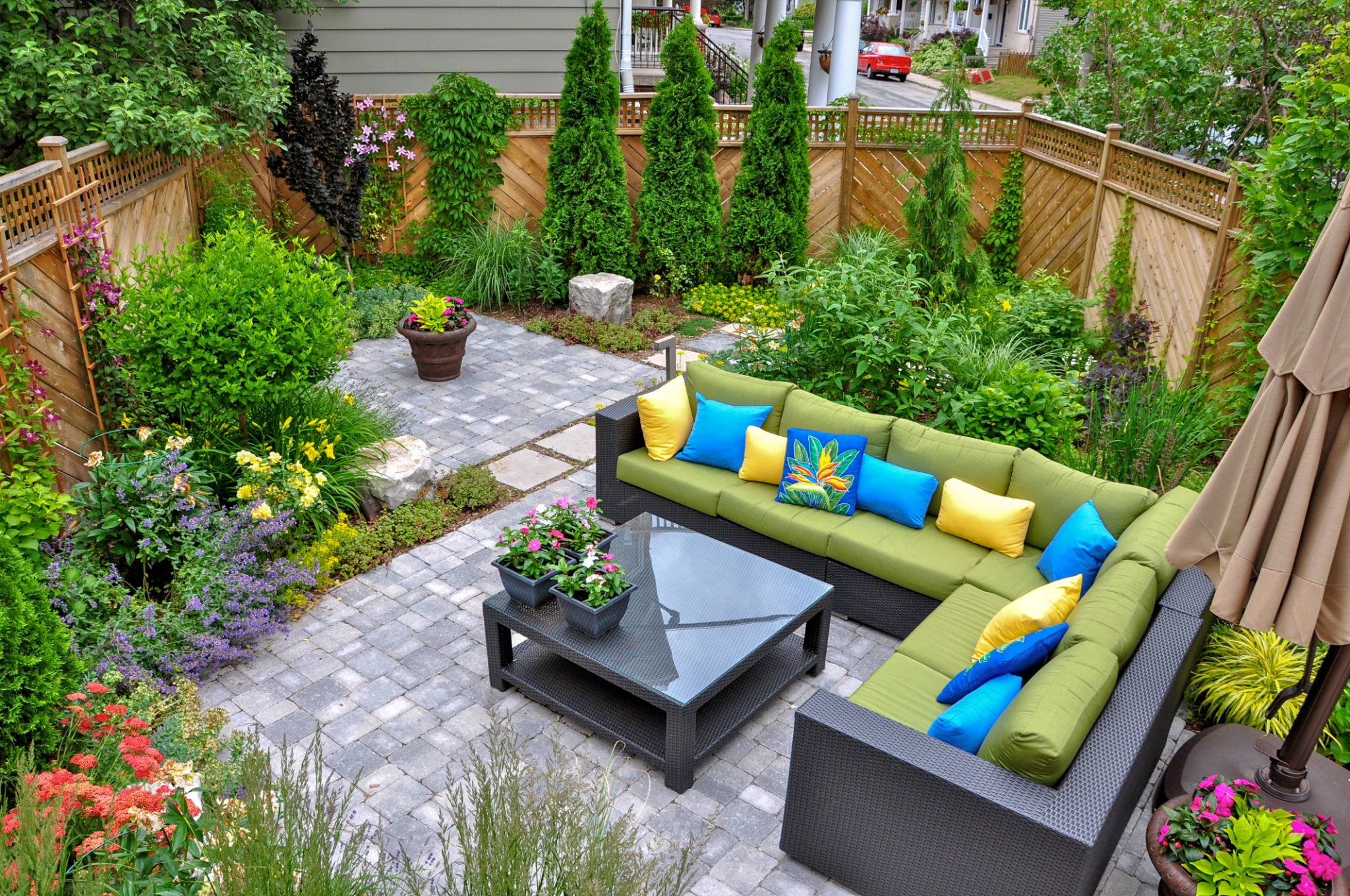Maximizing Urban Spaces with Nano Landscaping in MENA
Embracing the Potential of Nano Landscaping
In recent years, urban spaces in the MENA region have seen a significant transformation with the incorporation of nano landscaping. This innovative approach focuses on optimizing small urban environments, such as balconies, rooftops, and compact gardens, to create lush green spaces that enhance the beauty and livability of cities.
Nano landscaping is not just a trend but a necessity in densely populated urban areas where space is limited. By utilizing vertical gardens, container plants, and miniature landscapes, city dwellers can enjoy the benefits of greenery without needing extensive land.

The Benefits of Nano Landscaping
One of the primary advantages of nano landscaping is its ability to improve air quality. Plants naturally filter pollutants and produce oxygen, contributing to a healthier urban environment. Additionally, these green spaces can reduce the urban heat island effect, helping to mitigate temperature extremes in cities.
Moreover, nano landscapes offer aesthetic appeal and provide a much-needed escape from the concrete jungle. They can also boost mental well-being by offering residents a tranquil space to unwind amidst nature.

Designing Small Spaces: Tips and Techniques
When it comes to designing nano landscapes, creativity is key. Here are some techniques to maximize small urban spaces:
- Vertical Gardens: Utilize walls and fences to create vertical gardens that can house a variety of plants.
- Container Gardening: Use pots and containers to plant herbs, flowers, and even small fruit trees.
- Layered Planting: Create depth by layering plants of different heights and textures.
Incorporating water features like small fountains or bird baths can also enhance these small landscapes by adding a soothing auditory element.
Challenges and Considerations
While nano landscaping offers numerous benefits, it comes with its own set of challenges. One key consideration is selecting plants that are suitable for the local climate and conditions. It's essential to choose drought-resistant species that can thrive with minimal water.
Maintenance is another critical aspect. Regular watering, pruning, and pest control are necessary to keep these small landscapes thriving. With thoughtful planning and care, nano landscapes can become a sustainable part of urban living.

The Future of Nano Landscaping in MENA
The MENA region has unique environmental challenges, including arid conditions and limited water resources. However, by adopting sustainable practices and innovative technologies, cities can successfully integrate nano landscaping into their urban planning strategies.
Governments and urban planners are increasingly recognizing the importance of green spaces in enhancing quality of life. As such, there is a growing trend towards incorporating nano landscaping into new residential and commercial developments.

In conclusion, nano landscaping presents an exciting opportunity for maximizing urban spaces in the MENA region. By embracing this approach, cities can create healthier, more beautiful environments that benefit both residents and the ecosystem.